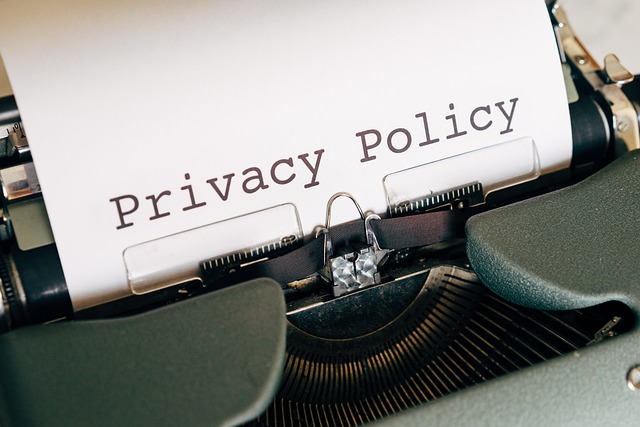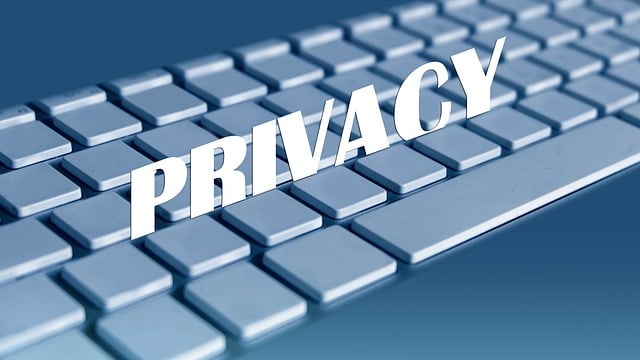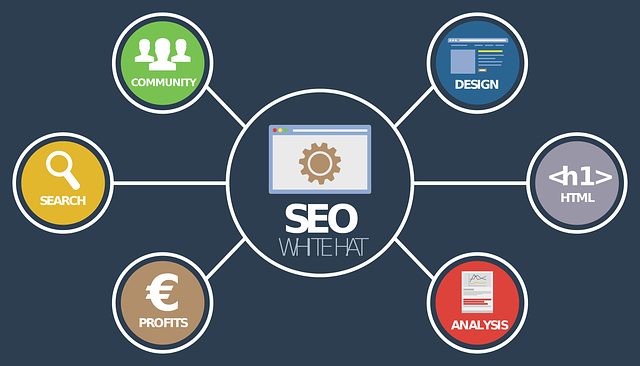-By: Bhavisha Changrani
In today’s digital world, safeguarding personal data is more crucial than ever. With regulations like the General Data Protection Regulation (GDPR) and the California Consumer Privacy Act (CCPA) setting high standards for data protection, businesses must navigate these complex frameworks to ensure compliance and build trust with their customers. This article provides a comprehensive guide to understanding and implementing GDPR and CCPA compliance strategies.

What Are GDPR and CCPA?
General Data Protection Regulation (GDPR):
The GDPR is a regulation enacted by the European Union that took effect on May 25, 2018. Its primary objective is to enhance the protection of personal data for individuals within the EU. The regulation mandates strict guidelines on how personal data should be collected, processed, and stored. Key features include:
– Explicit Consent:
Organizations must obtain clear, informed consent from individuals before collecting their data. This consent must be freely given and specific to the purposes for which data is collected.
– Rights of Individuals:
The GDPR grants individuals several rights, including the right to access their data, request corrections, request data deletion (the right to be forgotten), and receive their data in a portable format.
– Data Protection Officer (DPO):
Certain organizations are required to appoint a DPO who oversees data protection practices and ensures compliance with GDPR requirements.
– Breach Notification:
Organizations must notify authorities of data breaches within 72 hours of becoming aware of the breach. Affected individuals must be informed if the breach poses a high risk to their rights and freedoms.
– Fines and Penalties:
Non-compliance can lead to severe penalties, including fines of up to 4% of annual global revenue or €20 million, whichever is greater.
California Consumer Privacy Act (CCPA):
The CCPA, which came into effect on January 1, 2020, is a landmark privacy law in the United States. It provides California residents with greater control over their personal information. Key elements include:
Consumer Rights
The CCPA gives individuals the right to know what personal information is collected about them, how it is used, and with whom it is shared. Consumers also have the right to request the deletion of their data and to opt out of its sale.
– Notice of Collection
Businesses must inform consumers at or before the point of data collection about the categories of personal information collected and the purposes for which it will be used.
– Data Access and Deletion Requests
Consumers can request access to their data and request its deletion. Businesses are required to respond to these requests within 45 days.
– Opt-Out Mechanism
Businesses that sell personal data must provide an easy-to-use mechanism for consumers to opt out of the sale.
-Penalties:
Violations can result in fines of up to $7,500 per infraction, with the potential for legal action from the California Attorney General or private parties.

Strategies for Achieving Compliance
1. Conduct a Comprehensive Data Audit
Understanding what data you collect and how it is used is the foundation of compliance:
– Data Mapping:
Create a detailed map of data flows within your organization. Identify what data is collected, where it is stored, how it is used, and who has access to it.
-Data Usage Assessment:
Evaluate how data is utilized and shared, including any third-party transfers. Ensure that all data processing activities align with GDPR and CCPA requirements.
– Retention Policies:
Review and update data retention policies to ensure they comply with legal requirements and only retain data for as long as necessary.
2. Revise Privacy Policies
Your privacy policies should be transparent and comprehensive:
Clear Descriptions:
Use straightforward language to explain the types of data collected, purposes for processing, and how individuals can exercise their rights.
– Consent Procedures:
Implement mechanisms for obtaining and managing consent, ensuring it is specific and informed.
– Rights and Requests:
Clearly outline how individuals can access their data, request corrections, or deletion, and opt out of data sales.
3. Implement Strong Data Protection Measures
To protect personal data and ensure compliance:
– Encryption:
Encrypt data both during transmission and while stored to prevent unauthorized access.
– Access Controls:
Implement stringent access controls to ensure that only authorized personnel can access sensitive data.
– Security Audits:
Regularly conduct security audits to identify and address vulnerabilities in your data protection practices.

4. Appoint a Data Protection Officer (DPO)
For organizations subject to GDPR, a DPO plays a vital role:
– Compliance Oversight:
The DPO monitors compliance with data protection laws and advises on best practices.
– Staff Training:
Provide ongoing training to staff on data protection and privacy issues.
– Handling Requests:
Manage and respond to data subject requests, ensuring compliance with regulatory requirements.
5. Develop a Data Breach Response Plan
Having a response plan in place is essential for managing data breaches:
– Detection and Reporting:
Implement procedures for detecting and reporting data breaches swiftly.
– Response Protocols:
Develop protocols for containing breaches, assessing their impact, and notifying affected individuals and authorities as required.
– Communication:
Create a communication plan to keep stakeholders informed about the breach and the steps being taken to address it.
6. Ensure Third-Party Compliance
When working with external vendors, ensure they also comply with GDPR and CCPA:
– Vendor Assessments:
Evaluate third-party vendors to ensure they adhere to data protection standards.
– Data Processing Agreements:
Establish agreements that outline data protection obligations and responsibilities.
7. Stay Updated and Adapt
Data privacy laws are continually evolving:
– Monitor Changes:
Keep track of updates and changes in data protection regulations to stay compliant.
– Adapt Practices:
Adjust your data protection practices and policies as needed to reflect regulatory changes and emerging best practices.

Conclusion
Navigating GDPR and CCPA compliance can be complex, but it is crucial for protecting personal data and maintaining consumer trust. By understanding these regulations, conducting thorough data audits, updating privacy policies, implementing robust data protection measures, and staying informed about regulatory changes, businesses can effectively manage data privacy and security. Embracing these practices not only helps in avoiding legal penalties but also fosters a culture of transparency and respect for consumer privacy.










